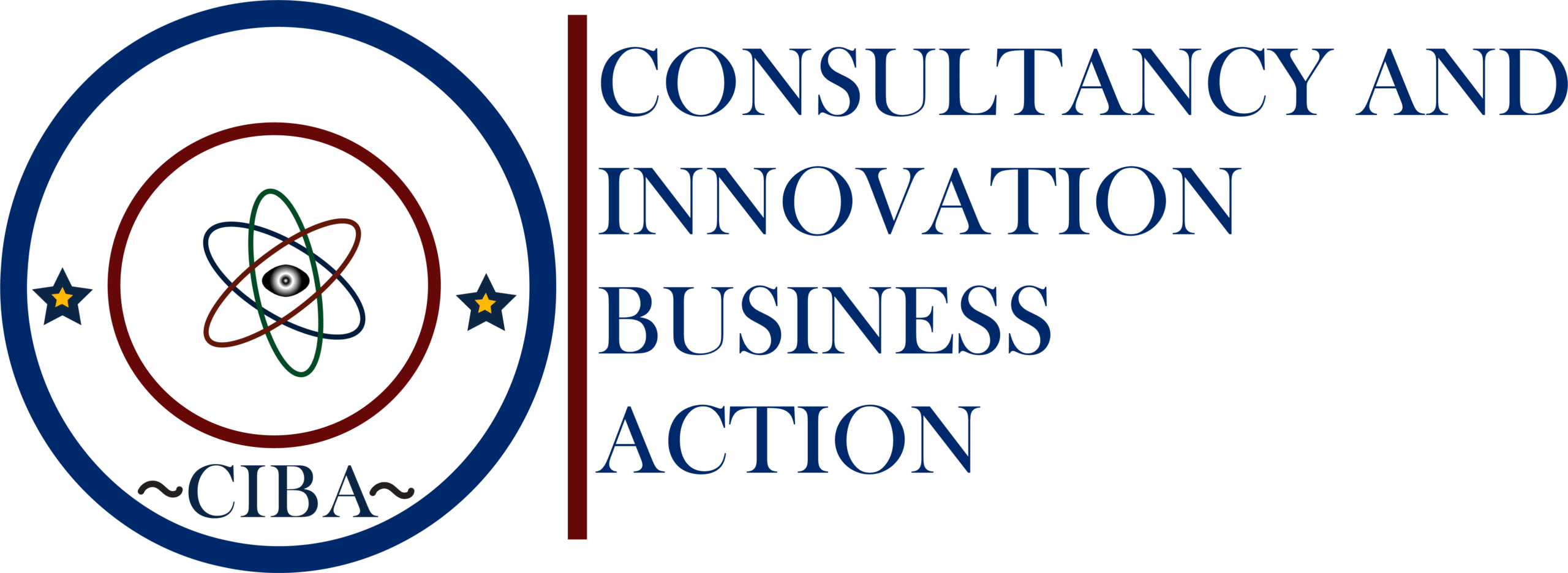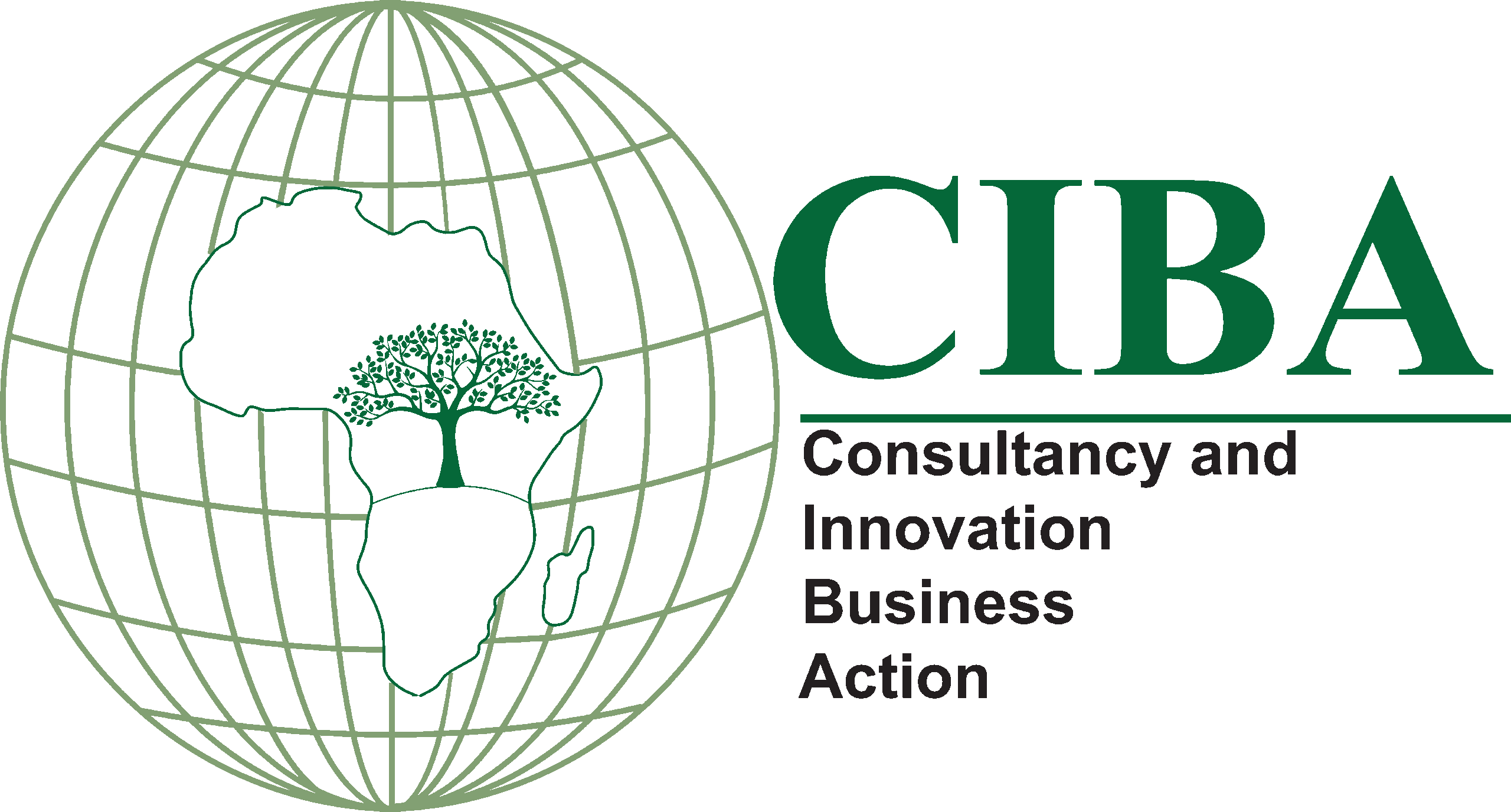Monitoring
Monitoring uses systematic collection of data on specified indicators to provide the management and the main stakeholders of an on-going intervention with indications of the extent of progress and achievement of objectives and progress in the use of allocated funds (OECD).
It can be internal (performed by Commission staff or implementing partners, such as agency’s staff, government’s personnel, other donors, non-state actors (private sector companies, NGOs, etc.)) or external (Results Oriented Monitoring).
Internal monitoring includes:
analysing action’s reporting documents & data
attending action’s steering committee meetings & reviews of budget support operations
meetings/contacts with the action’s team, beneficiaries, authorities, other stakeholders
on the spot checks
Evaluation
Systematic and objective assessment of on-going or completed interventions (actions/policies), their design, implementation and resultsaccording to the following criteria: relevance, effectiveness, efficiency, sustainability, impact, coherence and EU added-value.
It assesses how well a specific measure has worked (or is working) and whether it is still justified or should be changed.
For M&E we conduct following survey:
Randomized controls assessments
For some academics and policy makers, the only objective way to assess attribution is through surveys over a defined period of time, which compare changes in the communities taking part in the project to changes in communities who are not taking part in the project (either a randomized or purposely selected control group). Any differences in outcomes or impacts can then be argued to have been caused by the project. However, this requires resources beyond the reach of many community groups. Therefore, unless you are able to collaborate with academics or others, this might not be possible. It can also raise some technical and ethical issues about the difficulty of finding control communities and/or withholding or denying support to control communities. Alternatively, you might be able to make some comparisons of your outcome and impact indicators with data from long-term local and/or national surveys/databases if you have used similar samples and indicators.
Retrospective assessments
One alternative to using longitudinal surveys and randomized controls is to select a random sample of people from both a ‘project’ and ‘control’ community and ask them to retrospectively rate or rank the influence or impact of a range of selected factors/organizations/individuals, including the project, on any observed outcomes or impacts. This will not provide an objective or statistically significant assessment of your contribution, and as the responses are subjective may involve biases. But, it will allow you to build an assessment based on the perceptions of a range of stakeholders.
Another alternative is to periodically (e.g. every few years) commission an independent evaluator/ facilitator to explore your contribution to observed outcomes and impacts, such as through focus groups, group workshops and/or interviews with a range of internal and external stakeholders (e.g. from organization, community, local council, media, government etc). Again, this will not provide an objective assessment of your contribution but will allow the evaluator to build an assessment based on the perceptions of a range of stakeholders. Some of the questions you might want to ask include:
- What changes have there been in recent years on X issue?
- Who were the key actors driving/blocking these changes?
- What were the key contextual factors driving/blocking these changes?
- What contribution has Y organization/project has made to these changes?
- How influential has Y been compared to others, and why?
- What value added do you think Y brought to the issue?

